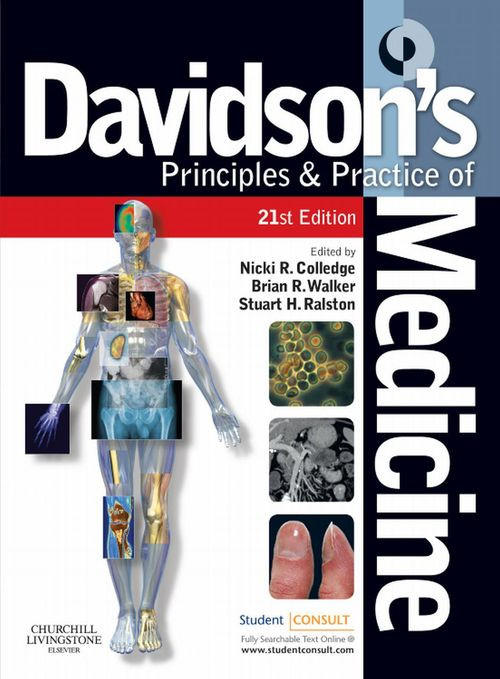

Most ebook files are in PDF format, so you can easily read them using various software such as Foxit Reader or directly on the Google Chrome browser.
Some ebook files are released by publishers in other formats such as .awz, .mobi, .epub, .fb2, etc. You may need to install specific software to read these formats on mobile/PC, such as Calibre.
Please read the tutorial at this link. https://ebooknice.com/page/post?id=faq
We offer FREE conversion to the popular formats you request; however, this may take some time. Therefore, right after payment, please email us, and we will try to provide the service as quickly as possible.
For some exceptional file formats or broken links (if any), please refrain from opening any disputes. Instead, email us first, and we will try to assist within a maximum of 6 hours.
EbookNice Team

Status:
Available0.0
0 reviewsThe underlying principles of medicine are described concisely in the first part of the book, and the detailed practice of medicine within each sub-specialty is described in later system-based chapters. Each system-based chapter begins with an overview of the key elements in the clinical examination 'Sections on 'Presenting Problems' explain the approach to patients presenting with the most common complaints in each sub-specialty. Over 150 'Evidence Based Medicine' boxes highlight the conclusions from major clinical trials. Horizontal themes, such as ageing and pregnancy, are highlighted throughout. The text uses both SI and non-SI units to make it suitable for readers throughout the globe. The text is beautifully and extensively illustrated, with over 1000 illustrations, clinical photographs and imaging techniques. A new editorial team leads this edition with Dr Nicki College and Professor Brian Walker joined by Professor Stuart Ralston, Head of the School of Molecular and Clinical Medicine at the University of Edinburgh. A substantial group of new contributors bring new experience and ideas to the content and presentation of the textbook. New 'Practice Point' summaries detail the practical skills that medical students and junior doctors must acquire, from nasogastric tube insertion to the interpretation of ECGs and arterial blood gases. New 'In pregnancy' boxes examine the main issues to consider when the patient is a pregnant woman. New 'Emergency Boxes' are highlighted to emphasise the core knowledge needed to manage acutely ill patients. The global perspective has been enhanced with the assistance of the International Advisory Board and authors recruited from around the globe.